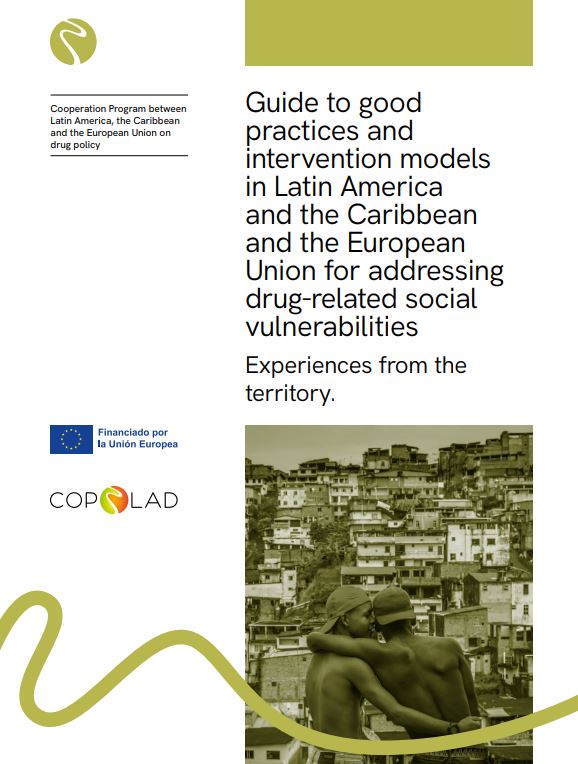This guide addresses, in a profound way, the need to work with populations in situations of vulnerability and with greater difficulties in accessing care services. It proposes a sustainable solution that transcends the conventional vision: looking beyond the person as a mere recipient of a service, observing the communities as the place where they interact, and taking into account the characteristics of the territory, its vulnerabilities, and resources.
In this context, the active participation of the community emerges as a fundamental factor.
The guide presents a compendium of 22 inspiring experiences identified in Latin America, the Caribbean, and the European Union, reflecting different methodological models aimed at different populations: street population in general, drug users, women, youth and children, persons deprived of liberty, ethnic minorities, migrants, other gender identities; they are shown to serve as practical examples of how to meet the territorialization indicators.






